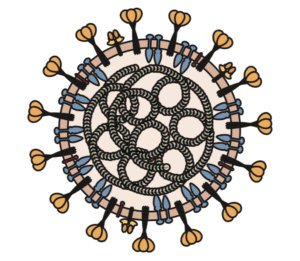There are 2 types of fatality rates. Case fatality rates and infection fatality rates.
Anyone that has antibodies specific to this disease has been infected, whether they are asymptomatic or not. Claiming otherwise is simply incorrect. Most cases have been mild and have gone undiagnosed, eg, they have not formally been confirmed via testing to become 'cases' and are therefore not part of the case fatality rate, which are the numbers we are primarily seeing right now.
The infection mortality rate, which is the actual number of deaths divided by actual numbers of infections is at this point unknown. What is generally accepted is that is much lower than the case fatality rate, which are the numbers we are seeing. That is true for a number of reasons, from the asymptomatic nature of a large percentage of cases to testing percentages from state to state or country to country.
by Rich Condit Rich Condit is a virologist and emeritus Professor, University of Florida, Gainesville and a host on This Week in Virology. Modeling done by ...

www.virology.ws
"CFR is the ratio of the number of deaths divided by the number of
confirmed (preferably by nucleic acid testing)
cases of disease. IFR is the ratio of deaths divided by the number of actual
infections with SARS-CoV-2. Because nucleic acid testing is limited and currently available primarily to people with significant indications of and risk factors for covid-19 disease, and because a large number of infections with SARS-CoV-2 result in mild or even asymptomatic disease, the IFR is likely to be significantly lower than the CFR. The
Centre for Evidence-Based Medicine (CEBM) at the University of Oxford currently estimates the CFR globally at 0.51%, with all the caveats pertaining thereto. CEBM estimates the IFR at 0.1% to 0.26%, with even more caveats pertaining thereto."


